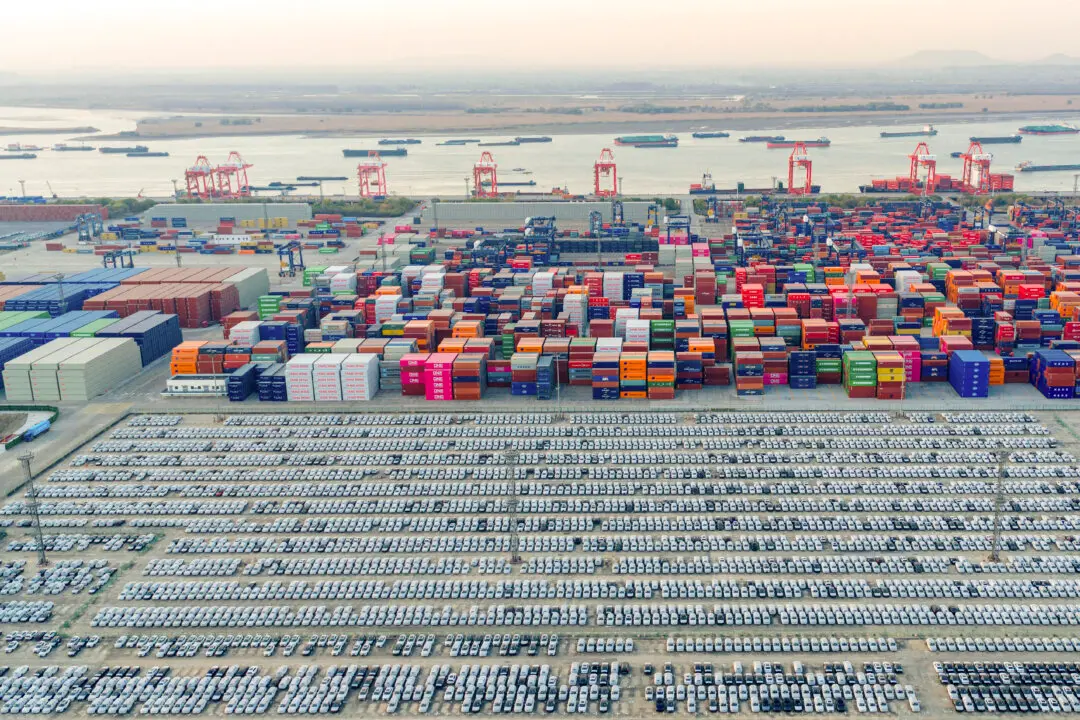Commentary
China seems to have opened another front in its chip war with the United States. Despite Washington’s bans on the sale of advanced semiconductors and chipmaking equipment to China, the Shanghai-based Semiconductor Manufacturing International Corporation (SMIC) now seems to have domestic access to advanced chips that could render moot the U.S. bans.





